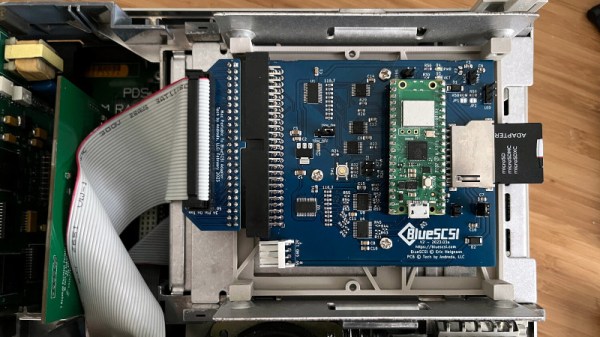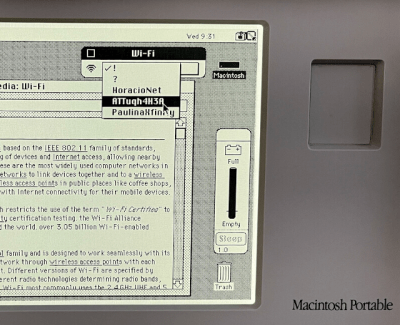When we see something from [Carl Bugeja], we expect to see flexible PCBs and magnets being pushed to do unexpected things. His latest video in which he designs a set of PCB actuators using flexure joints certainly doesn’t fail to please.
His intent is to create a simple actuator in which a magnet is placed over a coil, and moves upward within the confines of he flexure which surrounds it. And rather than try individual designs one after the other he’s created a huge all-in-one test array of different flexure actuators, each having a slightly different design and construction to whichever one is next to it. There are plenty of magnet flips as he tests them, and using this approach he’s quickly able to eliminate the designs which work less well.
To give an idea how these actuators might be best used, he tried them in a few applications. Their lifting force is relatively tiny, but he found them possibly suitable for a haptic feedback device. Of particular interest is that as the structure is a PCB it’s relatively straightforward to run a line to the magnet and turn it into a touch sensor. The idea of an all in one sensor and haptic feedback component is rather appealing, we think.
If you’ve not seen Carl’s work before, we’ve encountered him many times over the years.
Continue reading “Flexure PCB Actuators Made Before Your Very Eyes”

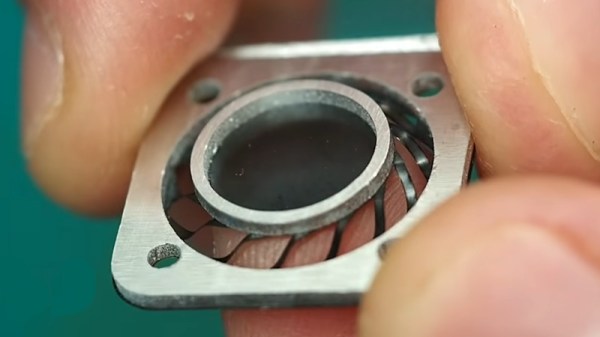
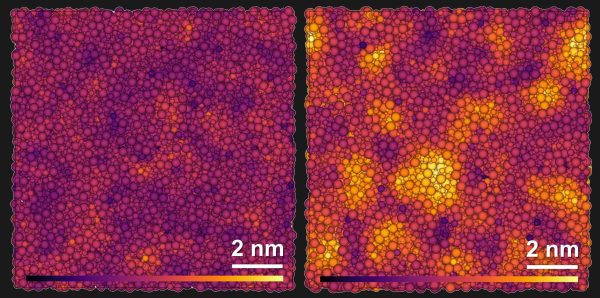

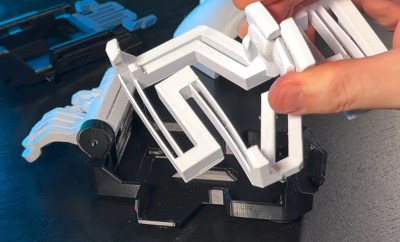

 concerns of privacy and data security; they look less and less attractive the closer you look. Luckily the Raspberry Pi and its friends have improved the accessibility to the point where it’s positively easy to create whatever you want with whatever hardware you need, and to that end we think [Mehrdad] has done a splendid job.
concerns of privacy and data security; they look less and less attractive the closer you look. Luckily the Raspberry Pi and its friends have improved the accessibility to the point where it’s positively easy to create whatever you want with whatever hardware you need, and to that end we think [Mehrdad] has done a splendid job.

